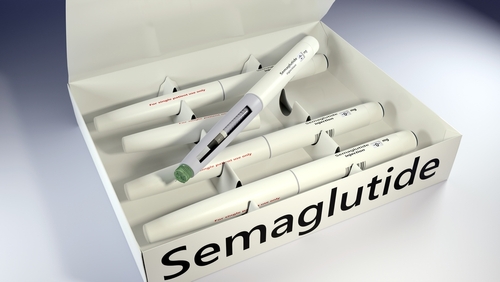
The role of sodium-glucose cotransporter 2 inhibitors (SGLT2i) in the management of glomerular diseases with proteinuria in real-world clinical settings is unclear. So, Fernando Caravaca-Fontán and other researchers conducted a retrospective, observational, international cohort study of adult patients with biopsy-proven glomerular diseases. The study’s main outcome was the percentage reduction in 24-hour proteinuria from SGLT2i initiation to 3, 6, 9, and 12 months. Secondary outcomes included percentage change in eGFR, proteinuria reduction by type of disease, and reduction of proteinuria ≥30% from SGLT2i initiation.
The study included 493 patients (median age, 55 years) with background therapy with renin-angiotensin system blockers. Proteinuria from baseline changed by –35%, –41%, –45%, and –48% at 3, 6, 9, and 12 months after SGLT2i initiation; eGFR changed by –6.0%, –3.0%, –8.0%, and –10.5% at 3, 6, 9, and 12 months, respectively. The results were similar regardless of the underlying disease. There was a correlation between body mass index (BMI) and percentage proteinuria reduction at last follow-up.
By using a mixed-effects logistic regression model, the researchers determined that serum albumin at SGLT2i initiation is a predictor of ≥30% proteinuria reduction (OR for albumin <3.5 g/dL, 0.53; 95% CI, 0.30-0.91; P=.02). They observed a slower eGFR decline in patients achieving a ≥30% proteinuria reduction: –3.7 versus –5.3 mL/min/1.73 m2/year (P=.001). The overall tolerance to SGLT2i was good.
The researchers concluded that the use of SGLT2i is associated with a significant reduction of proteinuria, and the percentage change is greater in patients with higher BMI. Also, higher serum albumin at SGLT2i onset is associated with a higher probability of reaching a ≥30% reduction in proteinuria.







 © 2025 Mashup Media, LLC, a Formedics Property. All Rights Reserved.
© 2025 Mashup Media, LLC, a Formedics Property. All Rights Reserved.